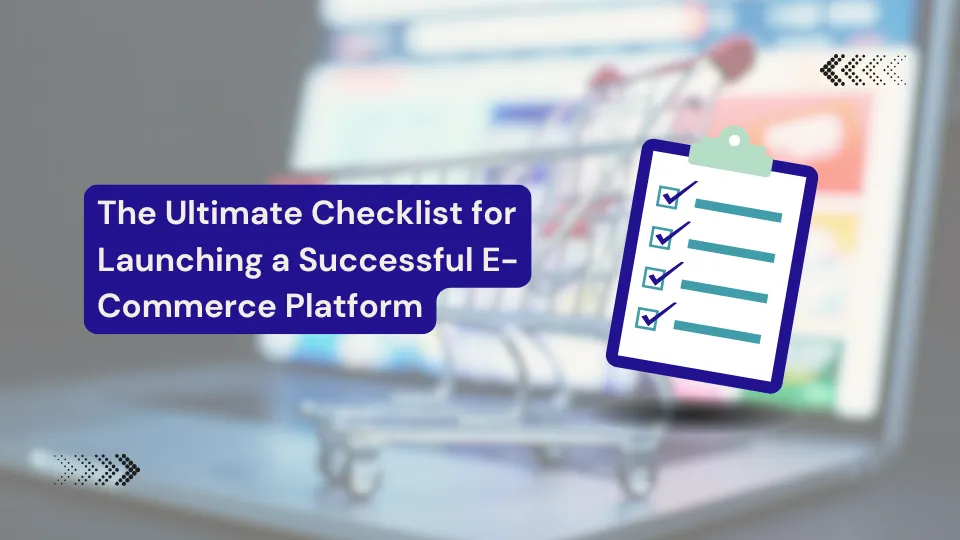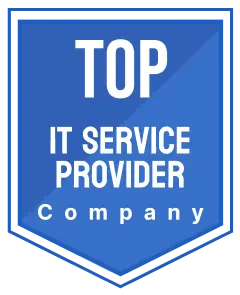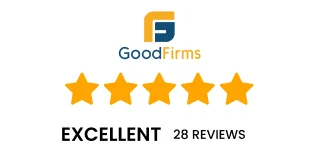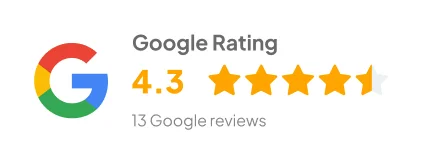Establishing an online retailer requires both excitement and complexity in execution. An e-commerce platform launch checklist provides essential coverage for all critical elements, beginning with selecting the right platform and progressing through marketing and security measures. An online store built without all the necessary steps causes substandard operational outcomes and poor conversion numbers as well as safety vulnerabilities.
The guide gives you an orderly procedure to create your online store with a strategic focus on SEO optimization and performance enhancement alongside customer experience quality.
Are you ready to maximize the opportunities your business can create? Let our professionals guide you through implementing regular updates and solid enhancements to your website. Contact us today!
1. Map Out Your Business Goals
In planning your shop, the first step must be the creation of a clear goal definition. Are you working with some niche products? Competing with the big brands? Are you looking at local or global customers? The entire development process for an e-commerce website setup guide relies on having a pre-existing clear strategy.
Key Questions To Answer:
- What products will you be selling?
- To whom will you be selling?
- How will you set your pricing and revenue-generation strategy?
A programming plan ensures that decisions will be data-based and protect against budget-eating troubles.
2. Choose an E-Commerce Platform
The features of your online store start with choosing the appropriate e-commerce platform together with an appropriate technology stack. The platform selection determines how your system handles executions and safeguards data together with capability to grow. Popular options include:
- Shopify – Easy to use, great for startups
- WooCommerce – Best for WordPress users
- Magento – Powerful but requires technical expertise
Applications receive their ideal long-term secure technological foundation through WebOConnect which guides businesses toward appropriate technology solutions.
3. Secure Your Domain and Hosting
Domains serve as brand identifiers then hosting platforms deliver secure operational speed to customers. Choose from:
- The advantage of Shared Hosting is its affordability yet it provides restricted resources to users.
- The VPS Hosting platform provides stores with balanced performance while they expand their operations.
- Organizations choose Cloud Hosting because it provides simultaneous scalability and high operational performance.
SSL encryption on your hosting system is required to maintain security and your website will require fast loading times to achieve better SEO rankings.
4. Design An Optimized E-Commerce Website
User experience (UX) determines conversions. A well-designed e-commerce setup guide must include:
- Mobile responsiveness- Mobile-friendly design is mandatory for Google rankings.
- Simple navigation- Easy product search and filtering enhance user experience.
- Fast loading speed- If a website is slow, it makes visitors bounce and lose sales.
WebOConnect specializes in UX-optimized e-commerce design for better engagement and opportunities for higher sales.
5. Set Up Product Listings and Categories
Having an organized listing of products will enhance visibility and sales. Use high-resolution images with interesting descriptions and SEO-friendly URLs to entice customers and rank higher in search engines.
Best Practices:
- Keyword-rich product description.
- High-resolution images and videos.
- Product pages must be optimized for fast loading.
Having a clear-cut e-commerce startup checklist ensures that customers can easily discover products while knowing that they were optimized with conversion in mind.
6. Integrate Secure Payment Gateways
Security is paramount to building trust. Multiple payment modes help with convenience and avoid cart abandonment. Here are some most commonly used options:
- Credit/Debit Cards
- PayPal & Stripe
- Buy Now Pay Later (BNPL) options
We, at WebOConnect, focus on seamless and intrusion-free payment gateway integration with an emphasis on security and compliance.
7. Implement SEO for Organic Growth
SEO is a vital portion of your e-commerce website-setting guide. No store will get organic traffic without it. Some core SEO strategies comprise:
- Keyword optimization: Best e-commerce practices applied to your product pages.
- Meta titles & descriptions: Compelling content that is rich with keywords.
- Schema markup- tells Google what your site is about.
WebOConnect gives SEO optimization services that can rank your store faster and higher.
8. Optimize Inventory and Order Management
An absent inventory can either lead to stockouts or overstocking, which can help or harm sales. Hence, you should use:
- Automated stock tracking allows you to get real-time updates.
- Order management systems guarantee smooth processing.
- Integrated shipping solutions enable better logistics.
A well-organized guide in choosing an app stack justifies taking on operational tasks and creates customer satisfaction.
9. Develop A Marketing Strategy
Marketing strategies are decision-makers for sending traffic toward your store. Some famous options include:
- Google Ads & Social Media Marketing-target the right audience.
- Email Marketing & Retargeting ensure repeat purchases from existing customers.
- Influencer & Affiliate Marketing-grow more.
WebOConnect works on data-driven marketing strategies for the growth of your store.
10. Security and Compliance Should Be The Priority
Never consider security an afterthought; always provide
- SSL certification- confidentiality for sensitive transfers.
- PCI-DSS-compliance-for payment protection.
- MFA- unauthorized access restriction.
WebOConnect adheres to the industry's security best practices.
11. Test Everything Rigorously Before Launch
What e-commerce platform launch checklist does not follow testing procedures? Confirm any/all of the following:
- Functionality testing- everything works the way it was intended.
- Payments testing- checkout experience is seamless.
- Performance testing- speed and reliability.
WebOConnect is an end-to-end testing service that will get rid of glitches for you before you go live.
Looking for ways to advance your business? We have experts who will ensure that your website suits your needs as you need it. Get started with us now!
Conclusion:
Launching an e-commerce store requires careful planning and execution. Following this e-commerce platform launch checklist will help you avoid the common pitfalls and set up a high-performing, scalable business.
WebOConnect provides end-to-end solutions for e-commerce businesses, from platform selection and development through SEO and security. Get in touch now to get expert advice on how to set up a successful online store.
FAQs:
Q1: What are the important steps to follow when starting an online store?
A1: Select a platform, get hosting, set up products, set up payments, and apply SEO for traffic growth.
Q2: What measures should I take to guarantee e-commerce platform security?
A2: Use SSL encryption, maintain PCI compliance, and apply multi-factor authentication for increased security.
Q3: What is the best way to advertise an e-commerce business?
A3: SEO, Google AdWords, email marketing, and social media should be used to guarantee the attraction and retention of customers.
Q4: Why is mobile optimization important for e-commerce success?
A4: Mobile shopping makes up a large percentage of online sales, thus a site optimized for mobile will help with conversion rates and paging on Google.
Q5: How do I choose the best e-commerce platform for my business?
A5: Variables such as scalability, customization, security, and ease of integration should all be considered before making the decision.

_thumb.webp)
_thumb.webp)
_thumb.webp)

_thumb.webp)













